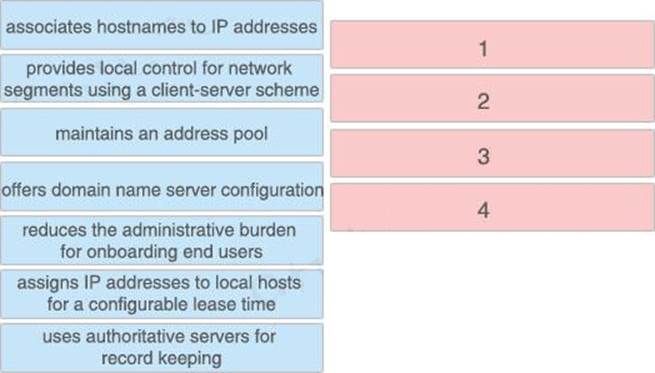

In real network environment, many devices which are inside a private network (Example - a Local Area Network (LAN) inside a company, a Local Area Network (LAN) inside organization or a home network) do not need to communicate with any device outside its own Local Area Network (LAN). The main problem related with IPv4 addresses was 32-bit IPv4 addresses were not enough to provide addressing for large number of devices in the internet. Internet spread all over the world and millions of computers became part of the internet. The problems related with 32-bit IPv4 addresses started in 1990's with the rapid development of the Internet.

The 32-bit IPv4 address provides 4,294,967,296 unique IPv4 addresses and it was a huge addressing scheme of that period.

During that time, there were only a few computers all over the world and the networking gurus of those period decided to give a 32-bit binary number as IPv4 address for the network devices. It was a project for DARPA (Defense Advanced Research Projects Agency) during the early development of computers and other network devices. IPv4 started its journey in networking and in internet long back in early 1970's. A private network is a network which is not directly connected to the internet. Private IP addresses (RFC 1918 addresses) are used to conserve IPv4 addresses from depletion by reserving ranges of IPv4 addresses for the devices which are inside a private network.


 0 kommentar(er)
0 kommentar(er)
